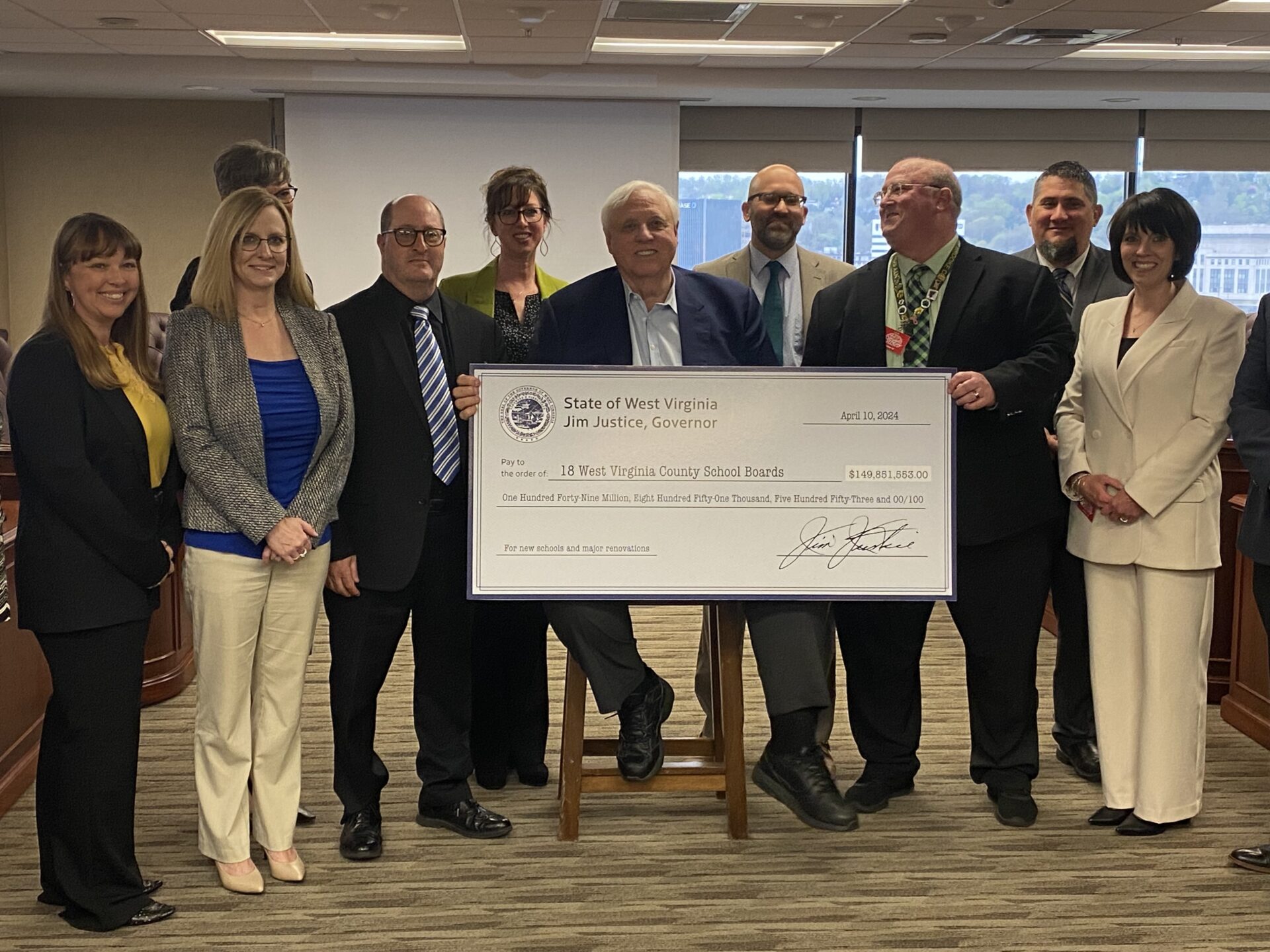The state’s School Building Authority made history on Wednesday supplementing needy school districts statewide while bringing about a potential end to concerns about a nearly half billion-dollar federal clawback.
Applause cascaded through the unusually packed School Building Authority (SBA) meeting when Gov. Jim Justice announced $150 million in funding. This money, recently approved by the legislature, is in addition to the $111 million already designated for 2024 school construction projects.
Usually the SBA has to make limited funding decisions on which school district can replace failing infrastructure, enhance school safety protocols, or upgrade education technology. This is the first time in its history the SBA could say yes to every school district request.
Authority executive director Andy Neptune said school district superintendents who thought their requests had been rejected were elated.
“To be able to give the money, the finance that we’re going to give to them today, to get their projects done, I know is a big burden lifted off of them from the personal conversations that I’ve had with them,” Neptune said.
Sitting in to chair the meeting, Justice told the story of a Berkeley County grade schooler’s reaction on Tuesday to learning he was getting a new school building. The student told Justice, “Thanks for making me feel happy.” Justice also said the $150 million, coupled with other state education funding, will help see a U.S. Department of Education waiver granted. He said that will remove the threat of a near half billion-dollar federal clawback regarding state education spending during the pandemic.
“That’s not going to happen,” Justice said. “There’s not going to be a clawback, unless people go back on their word and everything. And I feel all the assurances that that’s not going to happen.”
The bonus dollars also let the SBA approve major improvements and needs projects rejected in the past funding cycle.
For a listing of SBA school district project requests granted at today’s meeting, click here,
